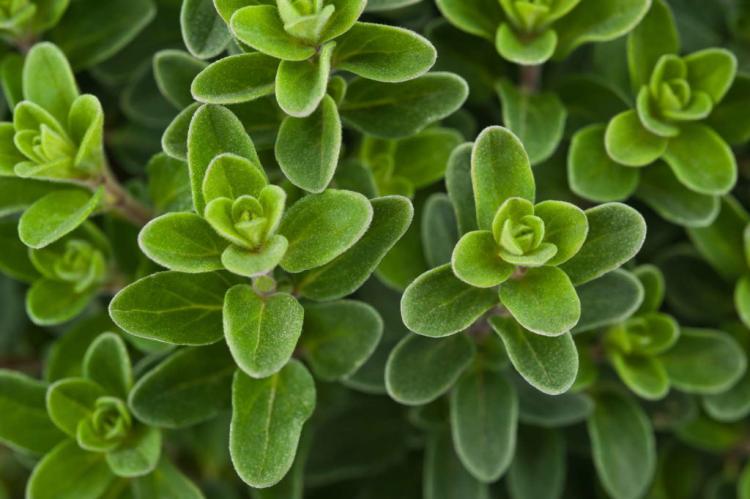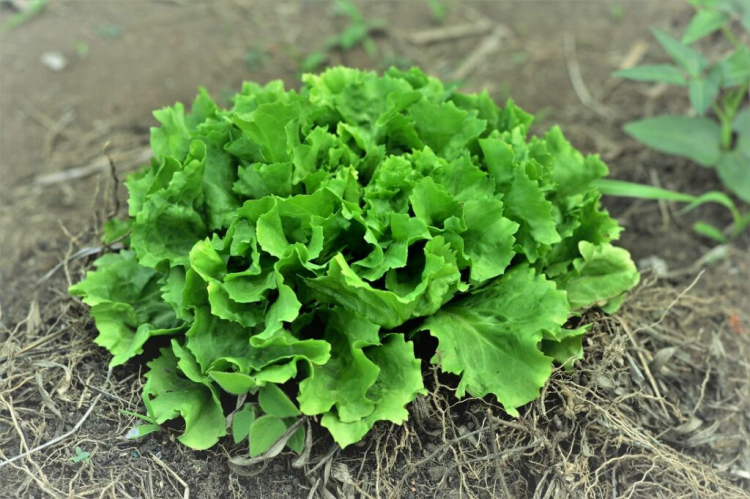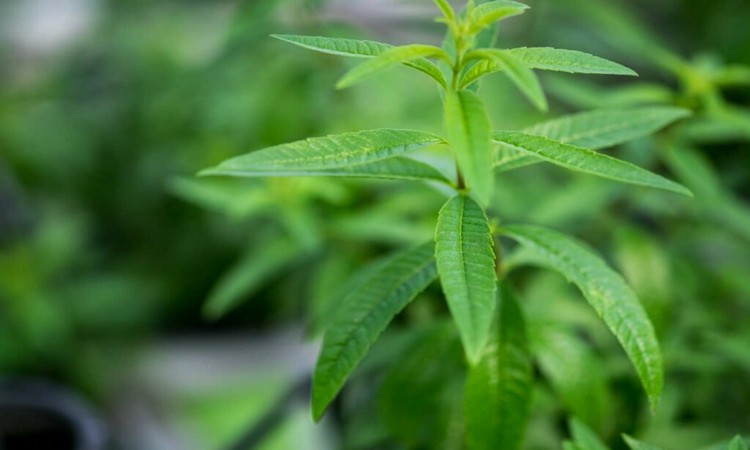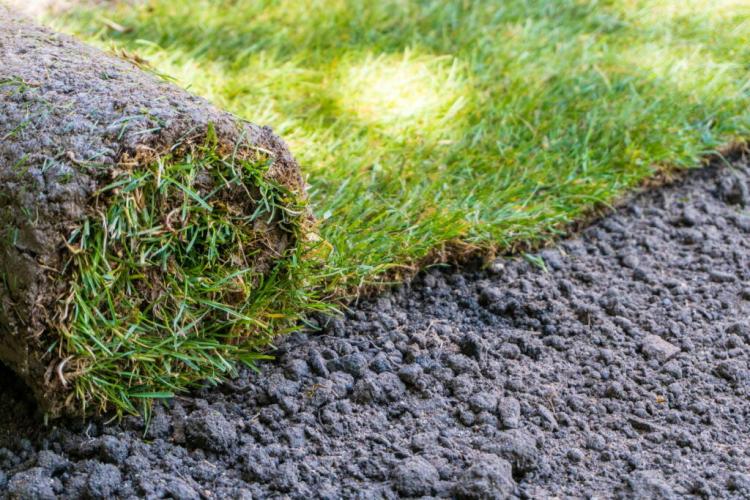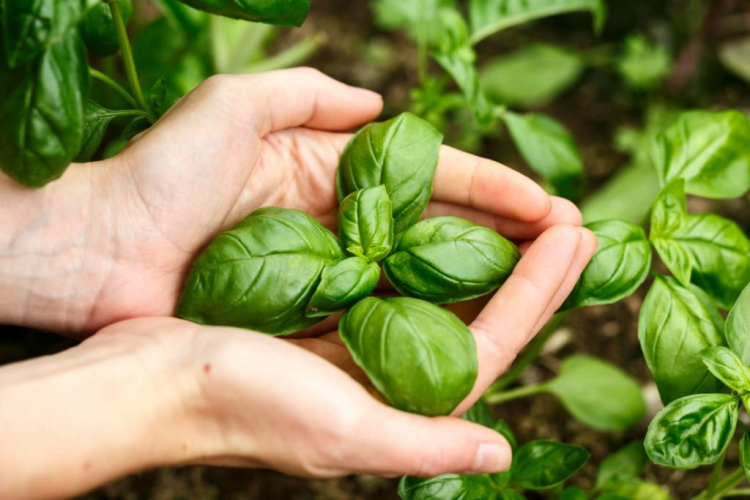Growing Marjoram: At Home In The Garden And Balcony
Marjoram doesn’t like the cold – knowing how the aromatic spice grows and can be harvested in your own garden is still a pleasure! The marjoram ( Origanum majorana ) belongs to the same genus as oregano ( Origanum vulgare ). Despite the close relationship of the two mint families (Lamiaceae), there are differences in cultivation.
We will show you what to watch out for with marjoram. In any case, the spice is very popular in hearty home cooking and is therefore also known as sausage cabbage. It is also ideally suited for storage so that the kitchen year can easily be covered with supplies from the garden’s own harvest. But now to important tips and tricks in the cultivation of the Mediterranean herb.
1. The right location for marjoram
Table of Contents
The original origin of marjoram is in Western Asia (Cyprus and Turkey). Accordingly, he likes sunny spots that are not too rich in nutrients and have the most permeable subsoil. The soil must not be prone to waterlogging – this promotes threatening root fungi. Loamy and clayey soils that are too heavy should be loosened up with sand or pumice rock. The regular incorporation of compost or manure in the spring also helps in the long term to create loose and humus-rich soil. If you want to be on the safe side, use special soil such as our peat-free organic herb & sowing soil, which is precisely tailored to the needs of herbs.
2. Propagate marjoram
It is easiest to propagate marjoram using seeds. From March onwards, the seeds are sown in the warm on the windowsill. If temperatures are around 18 ° C, the seeds will germinate after 15 to 20 days. However, the seeds must not be covered with a substrate, as marjoram is a so-called light germ. From mid-May, you can then bring the plants outside in the pot or in the bed. Because of the sensitivity to frost in this country, sowing in the open may take place at the earliest at the end of April, or better still from mid-May.

Basically, marjoram can also be propagated from cuttings in summer. However, most frost-sensitive varieties are only cultivated as an annual, so that no decent harvest can be brought in until autumn.
You might so like: Artichoke Harvest And Storage
3. Pour marjoram and fertilize
Slightly more pronounced dry periods do not in themselves represent a life-threatening problem for the marjoram. But it thanks to a balanced and adequate water supply with stronger growth. You shouldn’t pour too much, as this could cause unwanted waterlogging. In particular, the sensitive young plants in domestic preculture must be protected from drought.
If the marjoram is planted in the bed, no additional fertilization is usually required. Occasional fertilization in the pot during the main growth can be beneficial. However, too much fertilization results in a lower aroma intensity. You should therefore rely on a primarily organic fertilizer with long-term effects. This releases its nutrients slowly and gently, thus preventing over-fertilization.
You might so like: 10 Tips For Growing Mint Indoors
4. Maintain marjoram
If the marjoram is harvested, there is no need for a shaping cut. Without crop pruning, however, the sausage herb can tend to become lignified when grown over several years. Then it should be cut back in spring by two-thirds to just above the possibly lignified areas.
In this country, marjoram is actually not hardy due to the lack of winter hardiness and is therefore only grown as an annual. However, some robust varieties survive mild winters outdoors but tend to have a weaker aroma. You can also try to overwinter less frost-resistant varieties indoors and bring them back outside after the cold phase. Then, however, the high light requirement of the spice in the dark season could also cause problems.
You can find more information about marjoram care and grow in our special article.
5. Harvest marjoram n
The marjoram has the strongest taste when it is harvested shortly before or at the beginning of the flower formation. The formation of the flowers costs the plant a lot of strength and is at the expense of production and the content of essential oils. Whole shoots are simply cut off a few centimeters above the surface of the earth. So the herb can sprout again if you let the lower leaves stand. The ornamental flower is, however, delayed significantly with the cutting off of all shoots. Alternatively, it can be harvested after flowering, but then there are great losses in the characteristic taste.
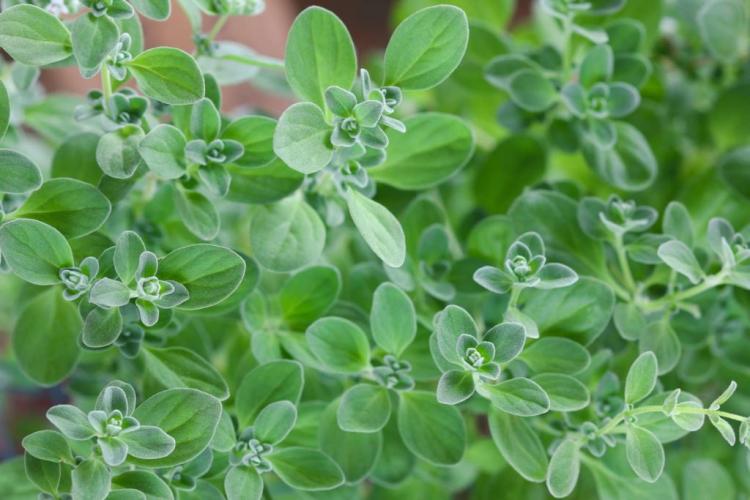
6. Store marjoram
Like many Mediterranean herbs, the usability of marjoram can be easily extended by drying, freezing, or soaking in oil. If whole shoots are hung up in a dry place for two weeks, the leaves can then be peeled off and can thus be used for several years. However, drying causes a loss in flavor intensity. If the finely hooked leaves are frozen fresh from the harvest, as good as fresh marjoram can be used in the kitchen all year round, as required. After the harvest, the shoots can also be soaked in olive oil. However, the parts of the plant must be completely surrounded by the oil to prevent mold from forming. The oil absorbs the aromas of the marjoram, creating a spicy oil that is great for salad dressings and for frying.
